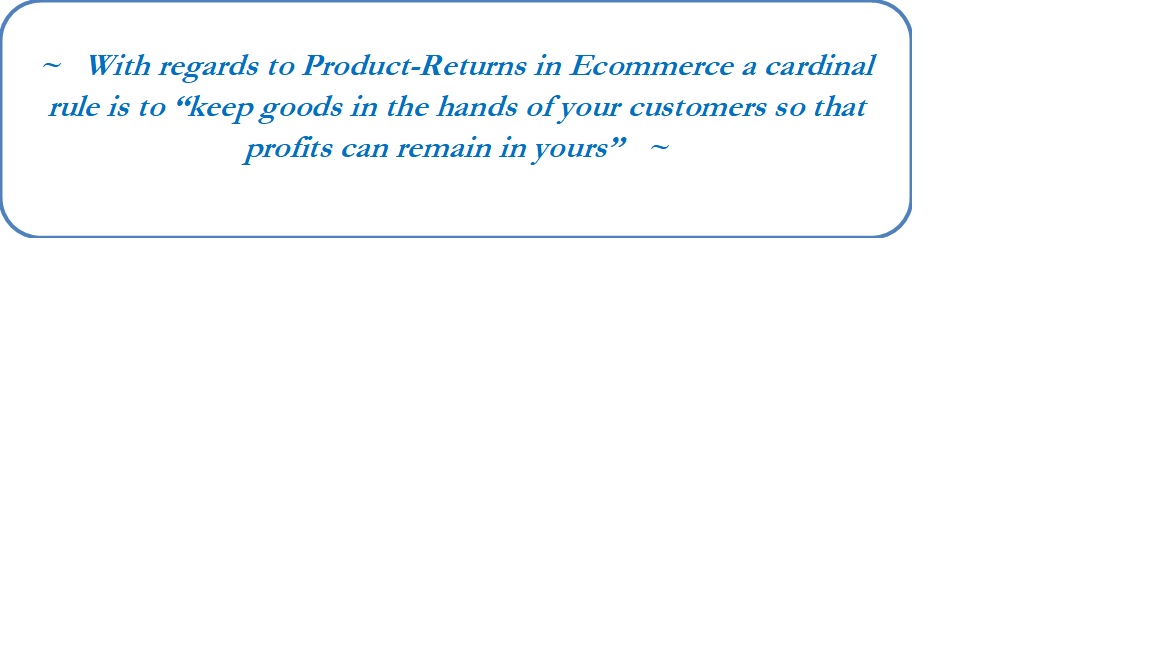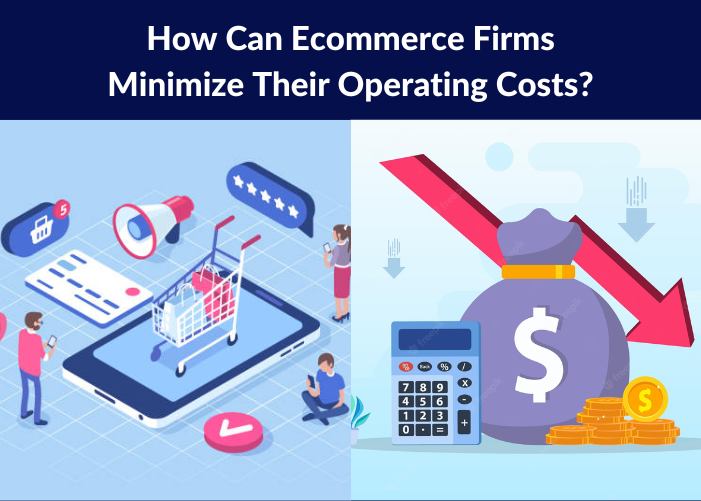Summary
While e-commerce is only going to keep growing as time progresses, constantly proliferating categories across products and services, whether B2C or B2B, and remaining an integral part of our modern lives, e-commerce firms now need to constantly stay vigilant about cost and profitability pressures that they encounter due to increased competition and cost of operations.
In this article, we look at some leading methods, including automation and clever use of promotions, for e-commerce firms to stay competitive and profitable.
In recent times, why is there such a requirement for E-commerce firms to relook at their cost of operations?
It used to be that e-commerce was the most affordable way for both, consumers and retailers. However, due to a rapidly changing eco-system over the past decade, including frenetic competition with the supply side of eCommerce firms such as Amazon, Whole Foods (etc.), as well as offline stores countering online stores with their own strategies, the heralded e-commerce player is now crunched for margins. Therefore, they have to constantly discover new ways to improve their cost-benefit ratio to stay in business.
While the basics still remain the same, e.g., first pick the correct e-commerce platform, select the right 3PL (etc.), let’s look at the top ways to reduce operating costs while improving efficiency for an online store.
Top 7 ways to minimize operating costs for e-commerce stores
1. Automation: Unproductive (or, wasted) time is the most significant drain on profitability. Therefore, cutting down on this via automation is a good way to improve efficiency.
Automated workflows, interconnected platforms using APIs, bringing your eco-system players online, and having them connected via an easily accessible cloud-server (etc.), are just some of the ways that an eCommerce firm automates its processes these days.
Using new technology like AR (Augmented Reality) is another recent method. However, it must be done in a phased and planned manner based on what your business requirements are.

2. Negotiate with Suppliers: Order size and payment times are the two critical levers that define your relationship with your suppliers. Therefore, if they are in your favor—for example, if you are a rapidly growing business, or a large business already—be sure that you are using them to your advantage. Your suppliers will also happily accept your suggestions if you are giving them a significant portion of your business!
Pre-payment discounts, early payment discounts, and freight-free deals are just some of the ways you could use your economies of scale to your advantage.
Don’t forget to make the carrying cost vs. bulk discount calculation. You shouldn’t end up paying more for warehouse space in order to avail yourself of volume discounts!
Negotiate credit card charges: While some credit card fees are non-negotiable, others can be negotiated. The longer your association with them, the stronger position you are in.
3. Reduce Product Returns: Order returns are an inevitable reality of the e-commerce world. And, while it will never ever completely go away, you could certainly adopt policies and procedures to reduce it to a negligible minimum.
Product returns in the e-commerce world aren’t just simple “inward-returns” – you pay the cost for return shipping, labor, re-packaging, use of infrastructure, product re-checking (etc.). And of course, you have an unhappy customer who is unlikely to come back!
But, how does one reduce product returns? Here are some points to keep in mind.
- Be transparent in your dealings with the end customer so they know what they’re getting
- Offer extended times for product returns
- Analyze and steer clear of high-risk customers
4. Use drop-shipping: A most effective way to reduce Ecom costs is to use drop-shipping. Here, the drop-shipper buys products directly from the wholesaler or manufacturer and sends them to the end customer.
Since drop-shippers do not own or maintain their inventory, they save a lot of operating costs, overheads can sell a wide array of products, and offers extensive flexibility.
5. Spend Marketing Funds More Effectively: Quite obviously, a natural advantage for Ecom firms is that they exist online. And, taking advantage of online methods of promotion and advertising is something that is a strong suit that must be leveraged. If you do not, you are missing out on an important strength.
Importantly, you must analyze the ROI on the various channels of digital advertising and figure out what works best for your product. For example, Instagram and Facebook may not be your most rewarding channels if you are a pure B2B player.
6. Reduce carrying costs through strategic promotions: The judicious use of price-offs, seasonal discounts, coupon codes, BOGO schemes, and other such promotions can help liquidate inventory on a periodical basis.
While your best-selling items will likely always sell quickly, other SKUs in your product mix—which you will need to maintain for various strategic reasons—may need a gentle push every once in a while. Using them strategically will cut your inventory carrying costs.
7. Use More Efficient Packaging: A common area of neglect in Ecom is packaging and its related costs!
When your packaging is either too heavy, cumbersome, or too bulky, it is not only costing you too much, but it is also inconveniencing your customers.
The ‘one-size-fits-all’ theory definitely doesn’t work here. Always figure out your smallest and lightest option when it comes to packaging. For example:
- Use only as much protective cushioning as is required. Otherwise, you are buying too much bubble wrap, paying too much for extra weight, and using boxes that could be smaller!
- Source your packaging material from large companies that can pass on discounts they avail of due to their economies of scale.
- Eco-friendly packaging is increasingly in demand by consumers. It works out well since it is lighter, and mostly offsets the slightly more expensive costs. You will also gain a reputation for being an environmentally conscious brand, which is an important factor when today’s consumers make their purchase decisions.
Conclusion: As is evident, for e-commerce firms to stay profitable and offer their customers prices and rates that are consistently competitive, they need to constantly stay on top of the critical operating metrics as mentioned above. Using automation – including modern automated last mile delivery software – is one of the most important tools here.




